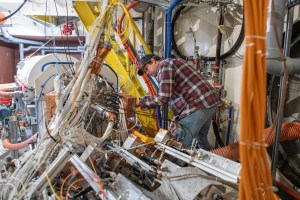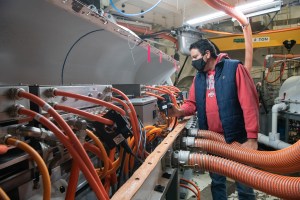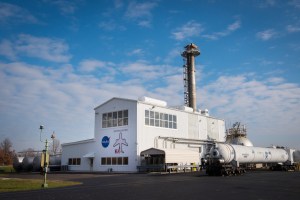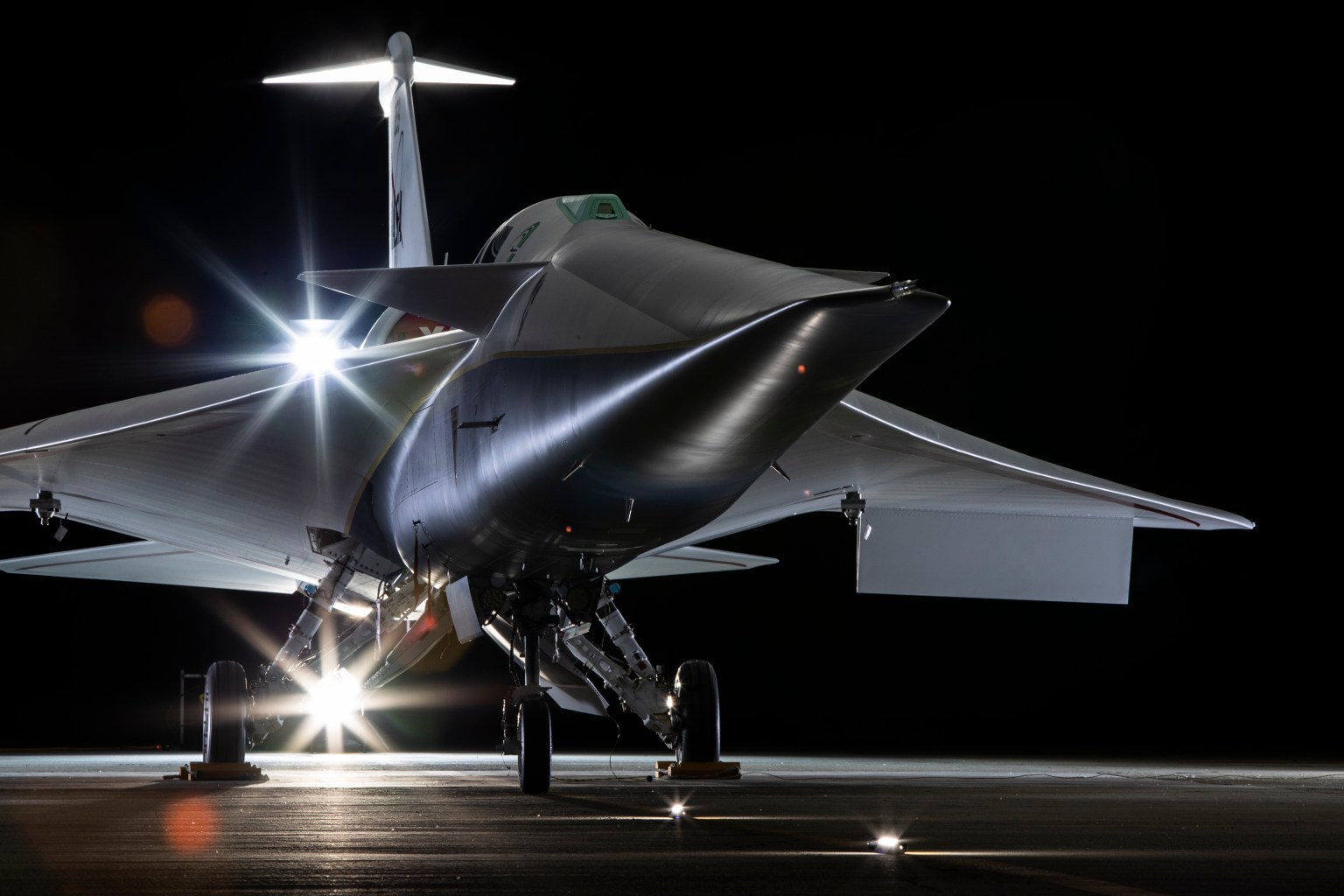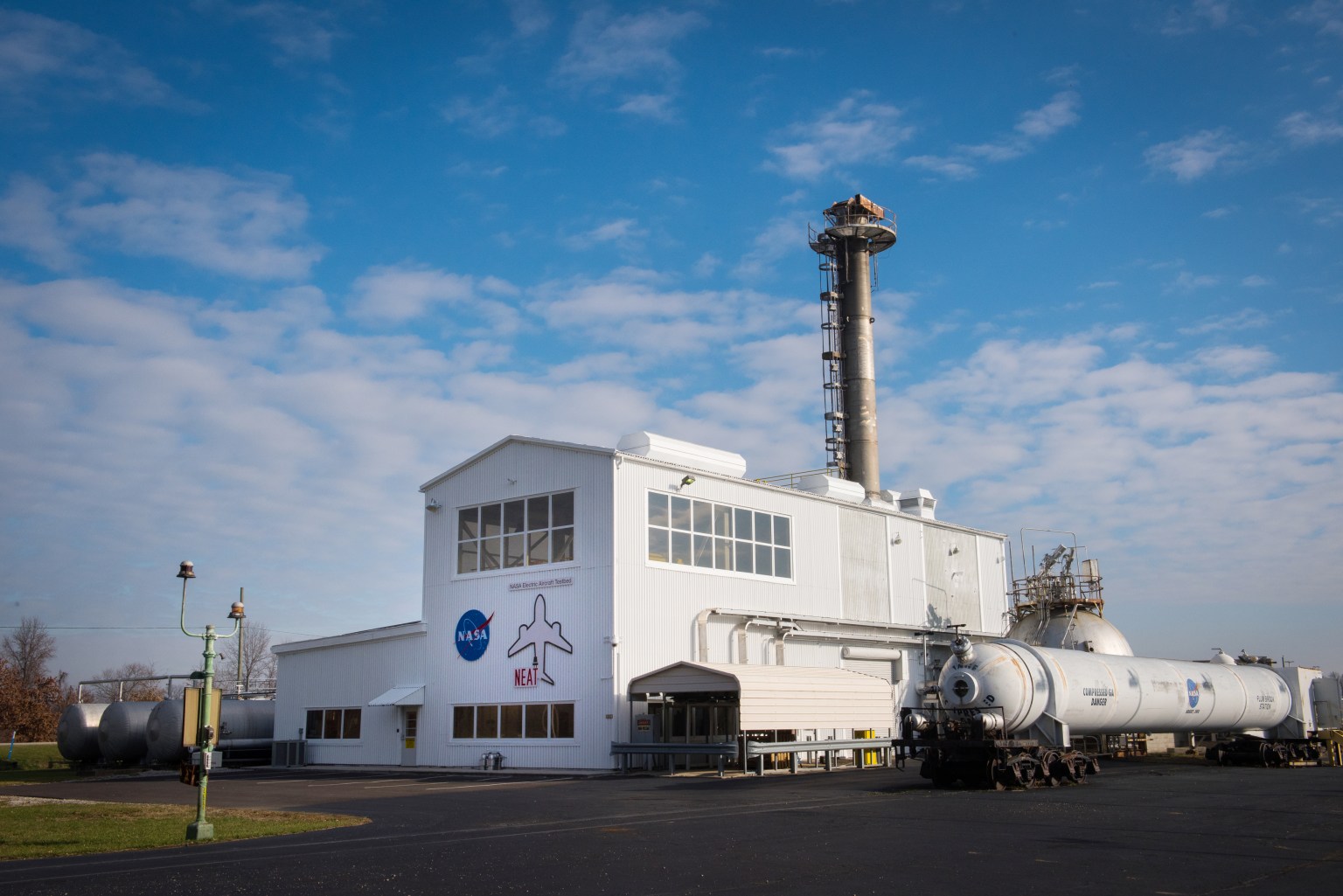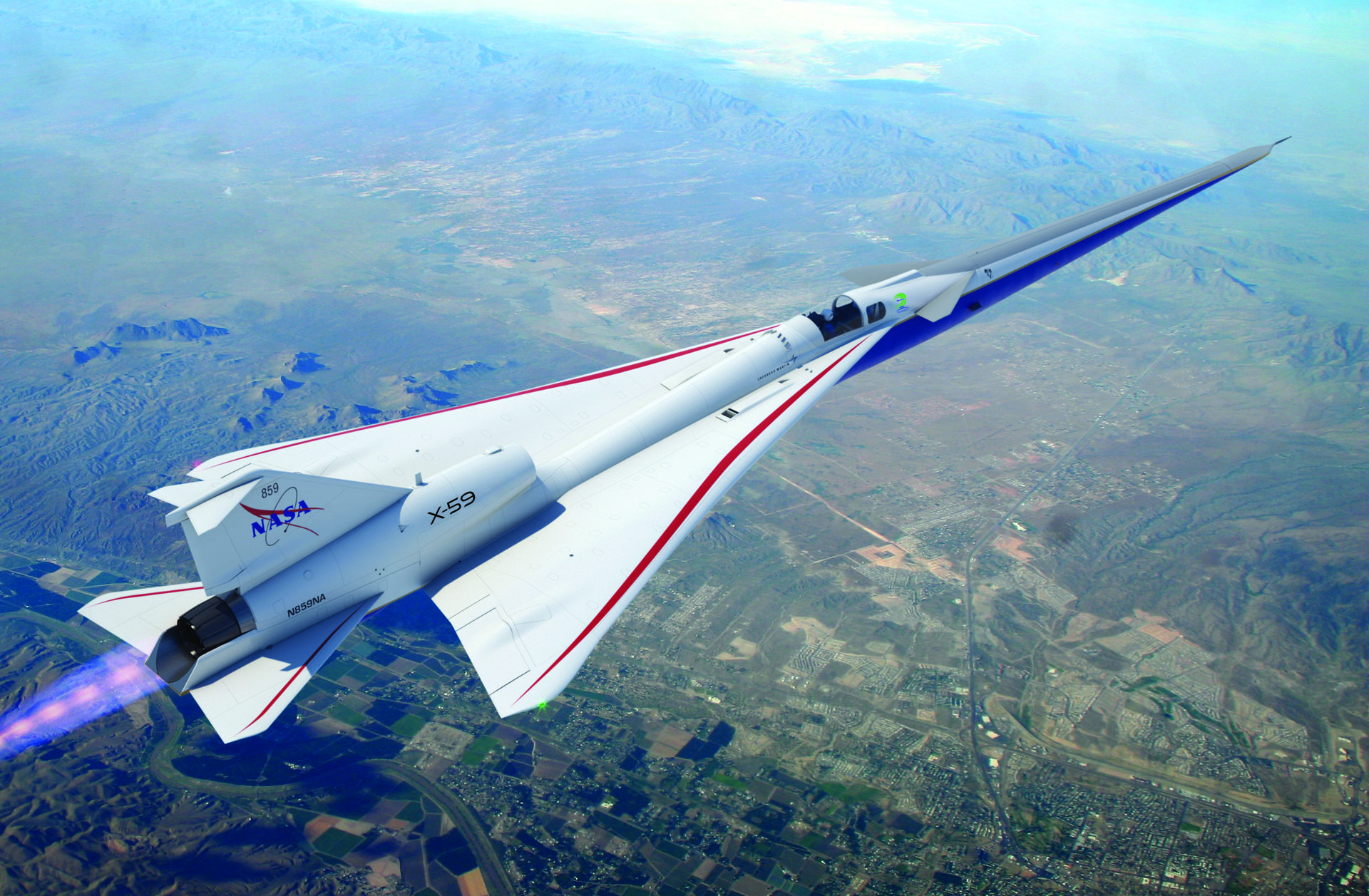NASA researchers are continuously pushing boundaries on hybrid electric propulsion technology. Find below a collection of this knowledge, and be sure to check back for more as we continue to learn and explore.
|
Authors |
Document ID |
2024 |
||
| A HIRF-Map Certification Approach for UAM, AAM, and UAS Vehicles | Truong Nguyen | Electro Magnetic Applications Expo |
| Framework for National Airspace System (NAS) Level Sustainability Assessment of New Aircraft | Robert Fong, Kevin James, Andrew Meade, Kee Palopo, Gregory Zilliac, Carl Recine, Dahlia Pham, Todd Lauderdale, Robert Windhorst, Banavar Sridhar | AIAA/IEEE Electric Aircraft Technologies Symposium |
2023 |
||
| Advanced Turboprop Transport Aircraft Modeling for the Electrified Powertrain Flight Demonstration Project | Dahlia D.V. Pham, Jeffrey V. Bowles, Carl Recine, Susie Go | AIAA/IEEE Electric Aircraft Technologies Symposium |
| Analysis and Optimization of Baseline Single Aisle Aircraft for Future Electrified Powertrain Flight Demonstrator Comparisons | Carl J. Recine, Dahlia D. V. Pham, Jeffrey V. Bowles, Kenneth R. Lyons, Benjamin W. L. Margolis, Joseph A. Garcia | AIAA/IEEE Electric Aircraft Technologies Symposium |
| An MBSE Framework to Identify Regulatory Gaps for Electrified Transport Aircraft | Stephen Glinski | AIAA/IEEE Electric Aircraft Technologies Symposium |
| Electrified Powertrain Flight Demonstration (EPFD) Overview and Future | Gaudy M. Bezos-O’Connor, Bradley D. French | 172nd Meeting of the Aeronautics and Space Engineering Board |
| Estimations of Aircraft and Airport Domestic Greenhouse Gas Emissions from 2016-2021 | Susie Go, John E. Melton, Xun J Jiang, Gregory Zilliac | AIAA/IEEE Electric Aircraft Technologies Symposium |
| Failure Behavior and Control Based Mitigation for a Parallel Hybrid Propulsion System | Jonathan Kratz, Donald Simon | AIAA Science & Technology (SciTech) Forum 2024 |
| High-Intensity Radiated Field (HIRF) Map – An Avoidance Approach for UAM, AAM, and UAS Vehicles | Truong X. Nguyen | 42nd AIAA/IEEE Digital Avionics Systems Conference |
| Impedance Measurements of Motor Drives and Supplies in NASA NEAT Facility | Timothy P. Dever, David J. Sadey, Keith Hunker, Xavier Collazo, Patrick Hanlon, Peter E. Kascak, Casey Theman, Brian P. Malone | AIAA/IEEE Electric Aircraft Technologies Symposium |
| Impedance Measurements of Motor Drive and Supply in SPEED Testbed | Timothy P. Dever, Xavier Collazo, Patrick Hanlon, Keith R. Hunker, David J. Sadey, Casey Theman, Brian P. Malone | AIAA/IEEE Electric Aircraft Technologies Symposium |
| Modeling and Simulation of a Parallel Hybrid-Electric Propulsion System – Electrified Powertrain Flight Demonstration (EPFD) Program | Konstantinos Milios, Christopher Hall, Andrew Burrell, Joshua Brooks, James Kenny Jr., Jonathan Gladin, Dimitri Mavris | NASA’s Glenn Research Center |
| NASA’s Electrified Powertrain Flight Demonstration Project Overview | Gaudy M. Bezos-O’Connor | AIAA Science & Technology (SciTech) Forum 2023 |
| The Electric Aircraft EcoSystem: Performance Potential, Economics and Societal Impact in the Age of Sustainable Air Travel | Gaudy M. Bezos-O’Connor | AIAA/IEEE Electric Aircraft Technologies Symposium |
2022 |
||
| Advanced 2030 Single Aisle Aircraft Modeling for the Electrified Powertrain Flight Demonstration Program | Mingxuan Shis, Jonathan Gladin, Anusha Harish, Dimitri Mavris | AIAA/IEEE Electric Aircraft Technologies Symposium |
| Advanced 2030 Turboprop Aircraft Modeling for the Electrified Powertrain Flight Demonstration Program | Yu Ca, Jiacheng Xie, Gokcin Cinar, Gokcin Cinar | AIAA/IEEE Electric Aircraft Technologies Symposium |
| Analysis and Optimization of Baseline Single Aisle Aircraft for Future Electrified Powertrain Flight Demonstrator Comparisons | Carl J. Recine, Dahlia D. V. Pham, Jeffrey V. Bowles, Kenny R. Lyons, Benjamin W. L. Margolis, and Joseph A. Garcia | AIAA/IEEE Electric Aircraft Technologies Symposium |
| Greenhouse Gas Emission Estimations for 2016-2020 using the Sherlock Air Traffic Data Warehouse | John E. Melton, Susie Go, Gregory G. Zilliac, Benjamin X. Zhang | NASA’s Ames Research Center |
| Modeling and Simulation of a Parallel Hybrid Electric Regional Aircraft for the Electrified Powertrain Flight Demonstration (EPFD) Program | Gokcin Cinar, Yu Cai, Russell K. Denney, Dimitrios N. Mavris | AIAA/IEEE Electric Aircraft Technologies Symposium |
2021 |
||
| Electrified Aircraft Propulsion Flight Project Motor & Inverter Industry Day | Gaudy Bezos-O’Connor, Ralph Jansen, Amy Jankovsky, Peter de Bock, Danny Cunningham | NASA’s Glenn Research Center |
| NASA Sustainable Flight National Partnership | James A. Kenyon | AIAA Science & Technology (SciTech) Forum 2022 |

























